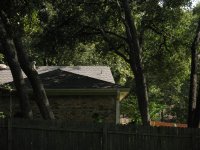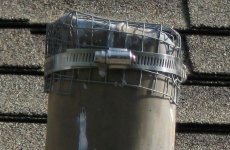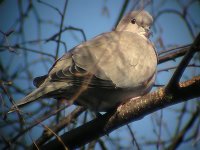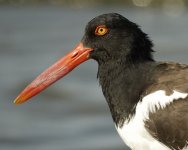JGobeil
Nature Photographer
Sout,
Your reply to my last post on this thread is very interesting.
I'm not sure I fully agree with you opinion that the DSLR big lenses are always used with a wide open aperture. At least, I don't and my 100-400 is only 5.6 at 400mm. One of the interesting features of IS is that it allows using smaller apertures at the expense of slower speeds. Doing so, I have more control over the background and it allows a wider depth of field to keep the entire subject within accurate focus if I want to.
Your argument that the P&S camera will take care of light control to properly expose the image makes sense. Shutter speed control is inside the camera on both systems. However, the diaphragm is not not located at the same place and I don't know how big a difference it makes.
Depth of field - You are obviously right about the long distance shots, let's say over 20-30 meters. However, digiscoping is also used at much closer distance, in DSLR country, where DOF control is an asset for a DSLR.
AF - Here we disagree. I use AF a lot with my DSLR and I think the majority do. AF is now very fast and accurate and works very well in a lot of situations. Of course there are often situations where MF is a necessity.
We also disagree on IS. Wether it is useful when the DSLR is on a good stable tripod is open for discussion but, when handheld I find it a necessity. On my lens, it is easy to switch off the IS control by accident and I have put masking tape over the control, so it is always on. IMO, IS is a major reason for the extraordinary quality of modern bird photography. Also, I have read that in-body IS is not as effective as in-lens IS, but I don't know for sure. Lets not forget that working handheld if one of the major differences between DSLRing and digiscoping.
Regards
Jules
Your reply to my last post on this thread is very interesting.
I'm not sure I fully agree with you opinion that the DSLR big lenses are always used with a wide open aperture. At least, I don't and my 100-400 is only 5.6 at 400mm. One of the interesting features of IS is that it allows using smaller apertures at the expense of slower speeds. Doing so, I have more control over the background and it allows a wider depth of field to keep the entire subject within accurate focus if I want to.
Your argument that the P&S camera will take care of light control to properly expose the image makes sense. Shutter speed control is inside the camera on both systems. However, the diaphragm is not not located at the same place and I don't know how big a difference it makes.
Depth of field - You are obviously right about the long distance shots, let's say over 20-30 meters. However, digiscoping is also used at much closer distance, in DSLR country, where DOF control is an asset for a DSLR.
AF - Here we disagree. I use AF a lot with my DSLR and I think the majority do. AF is now very fast and accurate and works very well in a lot of situations. Of course there are often situations where MF is a necessity.
We also disagree on IS. Wether it is useful when the DSLR is on a good stable tripod is open for discussion but, when handheld I find it a necessity. On my lens, it is easy to switch off the IS control by accident and I have put masking tape over the control, so it is always on. IMO, IS is a major reason for the extraordinary quality of modern bird photography. Also, I have read that in-body IS is not as effective as in-lens IS, but I don't know for sure. Lets not forget that working handheld if one of the major differences between DSLRing and digiscoping.
Regards
Jules







